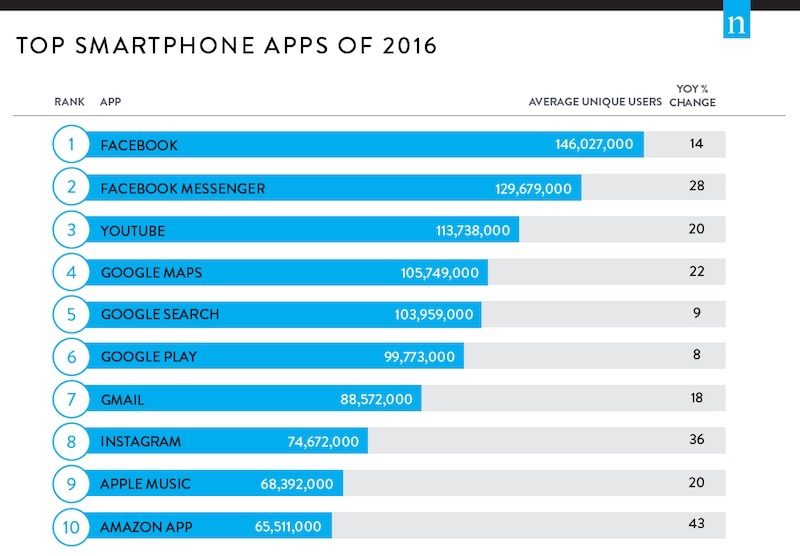Discord Pie
iOS Developer
Gracias Apple Music Team por joderme el escuchar The Dark Side Of The Moon en mi iPhone en condiciones forzandome a buscar el album en la sección de Apple Music de Pink Floyd en vez de poder escucharlo directamente desde mi biblioteca...














